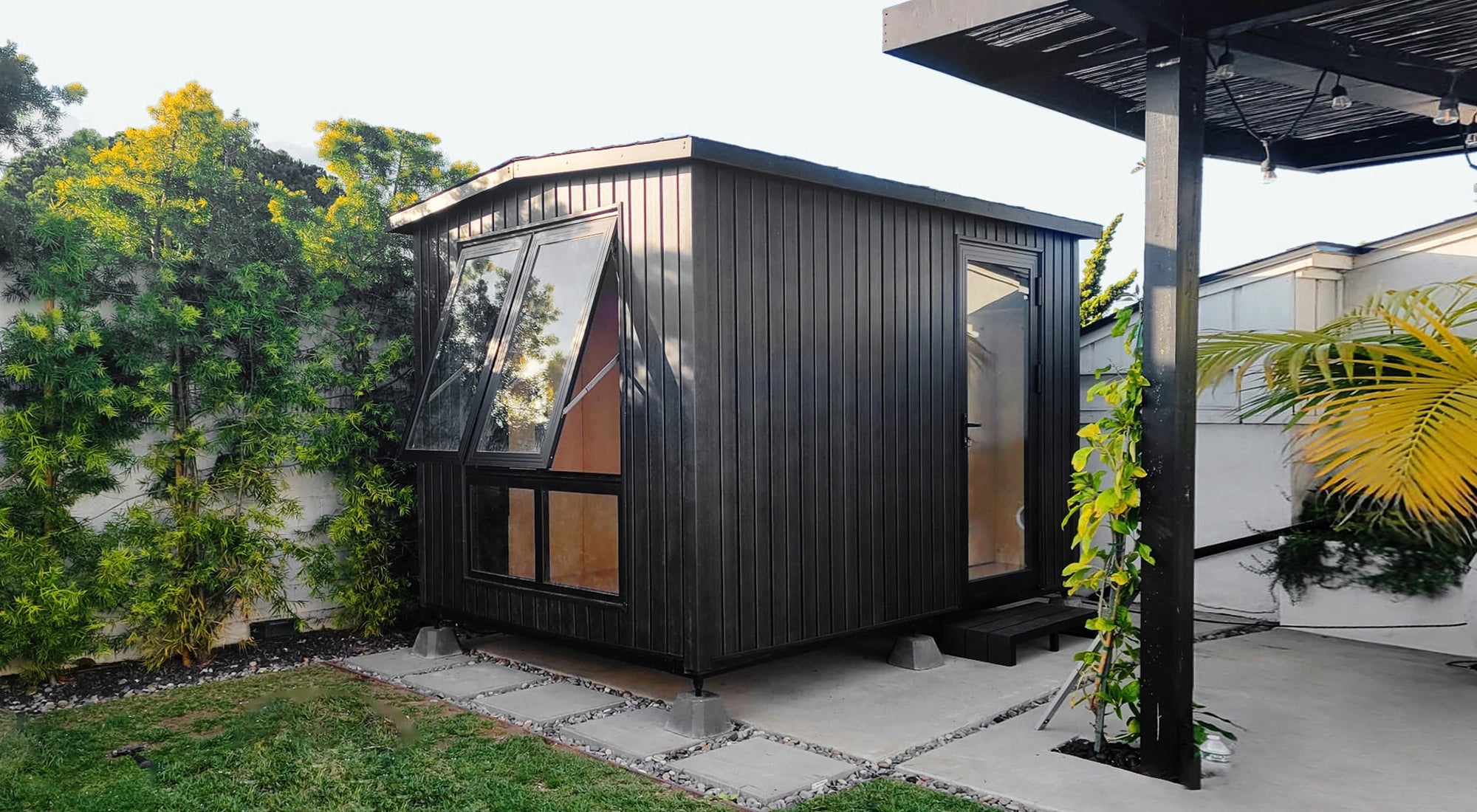
Oakhaven Insights
Demystifying Smart Ecosystems for Modern Living
The term "smart home" or "smart ecosystem" is ubiquitous, but what does it truly mean, and how can it genuinely enhance your modern lifestyle? At Oakhaven, we see smart ecosystems not just as collections of connected gadgets, but as integrated environments designed to increase efficiency, comfort, wellness, and convenience. Understanding these systems helps you leverage technology purposefully, aligning with our vision of seamlessly integrated living.
What is a
 Smart Ecosystem?
Smart Ecosystem?

At its core, a smart ecosystem is a network of devices within your home that can communicate with each other and be controlled remotely, often via a central hub, smartphone app, or voice commands. Instead of operating independently, these devices work together to automate tasks, provide information, and adapt to your preferences.
Key Components of a Smart Ecosystem
The Hub/Controller: This is often the "brain" of the system. It could be a dedicated smart hub device, but more commonly today, it's integrated into smart speakers with voice assistants (like Amazon Echo with Alexa, Google Nest with Google Assistant, or Apple HomePod with Siri) or managed primarily through smartphone apps.
Connected Devices: This is the vast array of "smart" products, including:
Communication Protocols: Devices need a common language to talk to each other. Common protocols include Wi-Fi, Bluetooth, Zigbee, and Z-Wave. The rise of Matter aims to create a universal standard for easier interoperability.
Apps & Interfaces: Smartphone apps provide detailed control, monitoring, and automation setup (e.g., "If motion detected after 10 PM, turn on hallway light"). Voice assistants offer convenient, hands-free control.
Benefits Through the Oakhaven Lens
How do smart ecosystems align with Oakhaven's mission to enhance modern life?
Efficiency & Productivity: Automating routine tasks saves significant time and mental energy. Imagine lights turning off automatically when you leave a room, thermostats adjusting before you arrive home, or setting complex work-focus scenes (lighting, "do not disturb" modes) with a single voice command. This frees you up for more important activities.
Comfort & Well-being: Create ideal environments effortlessly. Adjust lighting to suit your mood or activity (bright for work, warm for relaxation). Maintain optimal temperature automatically. Potentially integrate wellness routines – imagine triggering a calming lighting scene when starting your Osaki massage chair. Smart air quality monitors can ensure a healthier indoor environment.
Convenience: Control your home from anywhere via your smartphone. Check if you locked the door, preheat the oven, or adjust the temperature remotely. Voice commands offer unparalleled hands-free ease ("Hey Google, start the 'Relax' massage program" - a potential future integration).
Energy Savings & Sustainability: Smart thermostats prevent energy waste. Automated lighting ensures lights aren't left on unnecessarily. These efficiencies can lower utility bills and reduce your environmental footprint, aligning with solutions like the WorkPod Solar.
Security & Peace of Mind: Remote monitoring via cameras, smart locks, and sensors provides enhanced security and awareness of your home's status, wherever you are.
Oakhaven's Role & Integration
While Oakhaven's core offerings focus on ergonomic furniture, specialized wellness devices, and unique structures like WorkPods, we ensure these solutions can thrive within a smart ecosystem:
Standard Compatibility: Our products use standard power connections, allowing integration via readily available smart plugs for basic on/off control and scheduling capabilities.
App & Voice Control Integration: Where available and beneficial (e.g., certain advanced Osaki massage chairs), we offer products with native app or voice control capabilities, allowing for direct integration into existing ecosystems like Alexa or Google Assistant.
Future-Ready Design: We design structures like our WorkPods with the necessary infrastructure (ample power outlets, connectivity points) to easily accommodate user-added smart home components, ensuring flexibility as your ecosystem grows.
Curated Selection Philosophy: As smart technology continues to evolve, Oakhaven will remain committed to curating solutions where "smart" features offer genuine, tangible benefits aligned with our core values of enhancement, efficiency, and well-being, consciously avoiding unnecessary complexity or features that are merely gimmicks.
Understanding smart ecosystems empowers you to intentionally design a home environment that is more responsive, efficient, and supportive of your lifestyle. Start by identifying areas where automation or remote control could offer the most significant benefits, choose devices based on compatibility and genuine value, and gradually build a system that makes your modern life simpler and more enjoyable.
-
Spa Capsule Pro
Regular price $4,199.00 USDRegular priceUnit price / per -
Spa Capsule
Regular price $3,899.00 USDRegular priceUnit price / per -
HydroBottle
Regular price $199.99 USDRegular priceUnit price / per




